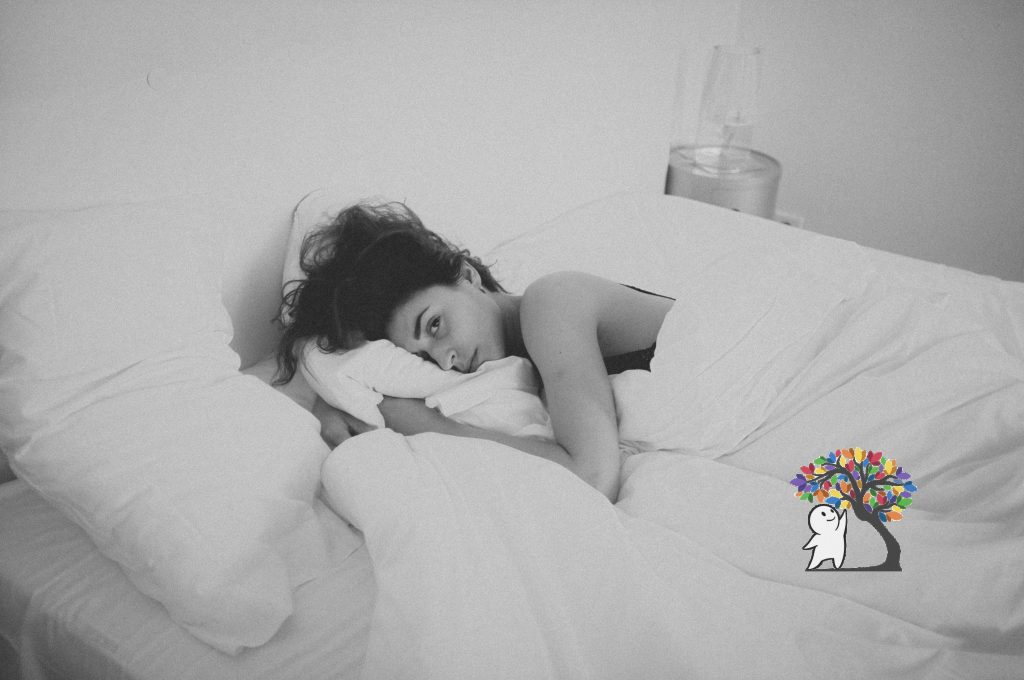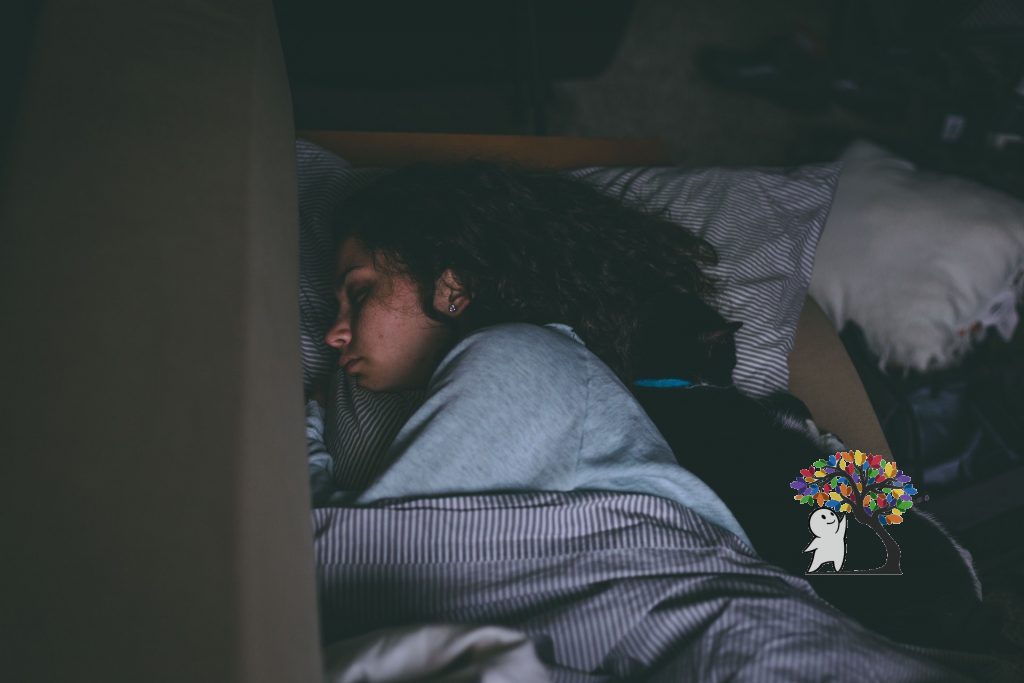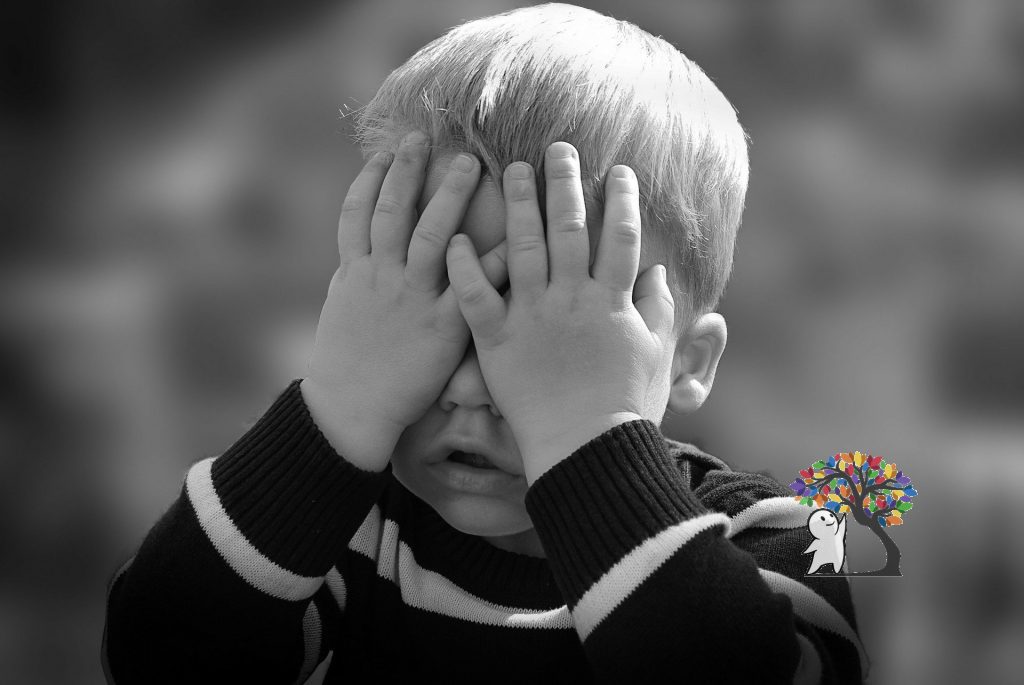6 Signs of Melancholic Depression

Before the Diagnostic and Statistical Manual of Mental Disorders (DSM) became the source of power in our understanding of mental illness, we relied on philosophers. In 400 B.C., Greek philosopher Hippocrates theorized that “melancholia” was the force that led to despondency and fear. In greek, “melancholia” translates to “black bile.” Hippocrates believed that black bile was a liquid-like substance in the human body that needed to be balanced for humans to be healthy.
We may not go around telling people that they are depressed because their black bile is imbalanced, however, our understanding of depression is still lacking. In today’s time, the DSM recognizes melancholic depression as a subtype of depression rather than a separate diagnosis. The diagnosis for someone experiencing the distinct symptoms of melancholia is known as melancholic major depressive disorder (MDD).
Some researchers suggest that the symptoms of melancholic MDD warrant a separate diagnosis to improve treatment outcomes. Despite this ongoing debate, there are many distinctions in melancholic MDD worth exploring.
Disclaimer: If you relate to most of these signs, we advise that you seek help from a mental health professional. This list is intended for educational purposes and not in the interest of self-diagnosis.
Here are 6 signs of melancholic MDD:
- Loss of pleasure
The loss of pleasure in melancholic MDD is also known as anhedonia. Those experiencing anhedonia will have no desire to socialize or to do the things they would normally find joy in. Friends and family may find it impossible to try to cheer up an indiviudal suffering from this disorder.
Anhedonia can also inhibit the functioning of our reward system (Fletcher et al., 2015). In normal functioning, we are motivated to complete tasks to achieve a reward. Whether we are studying hard to score an A+ or hitting the gym to get in shape, desirable outcomes can push us to new heights. Without this motivation, even the smallest of tasks are difficult to achieve.

- Psychomotor changes
Many studies have explored the slowness of movement as a common feature in melancholic MDD. One study compared the slowness of movement present in Parkinson’s and melancholic MDD. This parallel revealed that complex movement was a challenge in both disorders (Sachdev & Aniss, 1994)
Melancholic MDD can also present negative symptoms similar to schizophrenia. The term negative symptoms refer to a group of symptoms characterized by the absence of normal levels of activity. These could include loss of facial expression, psychomotor impairment, anhedonia, and attentional disturbances (Gurvich-Winograd et al., 2006). These negative symptoms make everyday tasks like doing chores, cooking and eating, and communicating with others difficult. We tend to focus on mood changes as signs of depression. However, understanding impaired physical movement in melancholic MDD can be just as important to diagnosis and treatment.

- Impaired cognitive function
A study published in the Journal of Affective Disorders found that those diagnosed with melancholic MDD performed significantly worse on tasks that tested problem-solving skills, memory, and processing speed when compared to those with non-melancholic MDD.
Those suffering from melancholic depression may have trouble concentrating, making decisions, and remembering things. While impaired cognitive function can still be present in non-melancholic MDD, this research shows that there are clear differences between the two disorders. According to medical editor, Dinko Kranjac, PhD, these findings support the argument that melancholic MDD should have its separate diagnosis (Kranjac, 2016)
- Depressed mood characterized by despair and emptiness
Melancholic MDD is characterized by profound feelings of despondency, despair, or emptiness. These feelings can be so extreme that an individual’s interests and passions no longer give them purpose or meaning.
The distinct emotions of melancholia are thought to be the inspiration for legendary art, music, and writing across history. During renaissance times, the term melancholia was even seen as a mark of creative or intellectual genius. This connotation has remained stable into the 20thcentury as we are aware of the connection between creativity and mental illness (Fraser, 2017). While melancholy and its effects may have inspired works of beauty, the cost has often been immense mental suffering.

- Feelings of hopelessness or guilt
Episodes of melancholic MDD can often come out of the blue. These feelings of hopelessness or guilt are not triggered by a stressful or tragic event as social and psychological factors rarely contribute to this form of depression.
Melancholic MDD possessed a strong genetic link. People diagnosed with this subtype of depression often have family histories with mood disorders or suicide. Due to this biological root, those with melancholic MDD will be less likely to respond to psychotherapy, counseling or other psychosocial interventions. Therefore, medication is often a necessary treatment option (Parker, 2015).
- Early morning waking
Symptoms of melancholic MDD tend to be consistently worse in the morning. It is also common for people with this disorder to experience a disrupted sleep/wake cycle and to wake up hours before normal for their routine (Parker, 2015).
While morning may be especially difficult, there is often a pattern known as “diurnal variation” where mood and energy levels improve as the day goes on. This pattern is unique to melancholic MDD, compared to milder forms of depression where worsened symptoms tend to occur at night time (Schimelpfening, 2020).

In conclusion, there are several unique characteristics of melancholic MDD that set it apart from other forms of depression. At the same time, there are subtle similarities to other disorders that can confuse the signs and symptoms. Nonetheless, because melancholic MDD is a subtype rather than a separate diagnosis, less overall research and training has been dedicated to improving our knowledge.
References
Fletcher, K., Parker, G., Paterson, A., Fava, M., Iosifescu. D., & Pizzagalli, A, D. (2015). Anhedonia in melancholic and non-melancholic depressive disorders. Journal of Affective Disorders, 184, 81-88.
Fraser, I. A. (2017). A short look at the etymology of melancholia. Boston College, 3, 1-3.
Gurvich-Winograd, C., Fitzgerald, P. B., Georgiou-Karistianis, N., Bradshaw, J. L., & White, O.B. (2006). Negative symptoms: A review of schizophrenia, melancholic depression and parkinson’s disease. Brain Research Bulletin,70, 312-321
Kranjac, D. (2019, Aug 22). Cognitive function in depression: The role of melancholic features. Psychiatry Advisor. Retrieved from https://www.psychiatryadvisor.com/home/topics/mood-disorders/depressive-disorder/cognitive-function-in-depression-the-role-of-melancholic-features/
Parker, G. (2015). Back to black: Why melancholia must be understood as distinct form of depression. The Conversation. Retrieved from https://theconversation.com/back-to-black-why-melancholia-must-be-understood-as-distinct-from-depression-38025
Purse, M. (2020, Mar 21). An overview of melancholic depression. Very Well Mind. Retrieved from https://www.verywellmind.com/what-is-melancholia-379852
Sachdev, P., & Anis, M. A. (1994). Slowness of movement in melancholic depression. Society of Biological Psychiatry, 35, 253-262.
Schimelpfening, N. (2020, Mar 24). An overview of diurnal mood variation. Very Well Mind. Retrieved from https://www.verywellmind.com/diurnal-mood-variation-1067149



Responses